Rasneer S. Bains
Of Mice and Mates: Automated Classification and Modelling of Mouse Behaviour in Groups using a Single Model across Cages
Jun 05, 2023Abstract:Behavioural experiments often happen in specialised arenas, but this may confound the analysis. To address this issue, we provide tools to study mice in the homecage environment, equipping biologists with the possibility to capture the temporal aspect of the individual's behaviour and model the interaction and interdependence between cage-mates with minimal human intervention. We develop the Activity Labelling Module (ALM) to automatically classify mouse behaviour from video, and a novel Group Behaviour Model (GBM) for summarising their joint behaviour across cages, using a permutation matrix to match the mouse identities in each cage to the model. We also release two datasets, ABODe for training behaviour classifiers and IMADGE for modelling behaviour.
Dual-stream spatiotemporal networks with feature sharing for monitoring animals in the home cage
Jun 01, 2022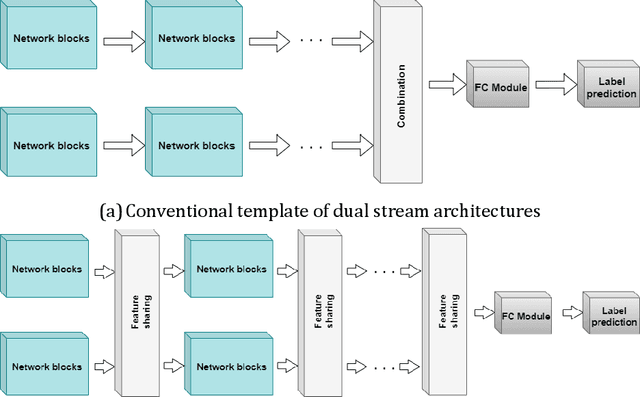
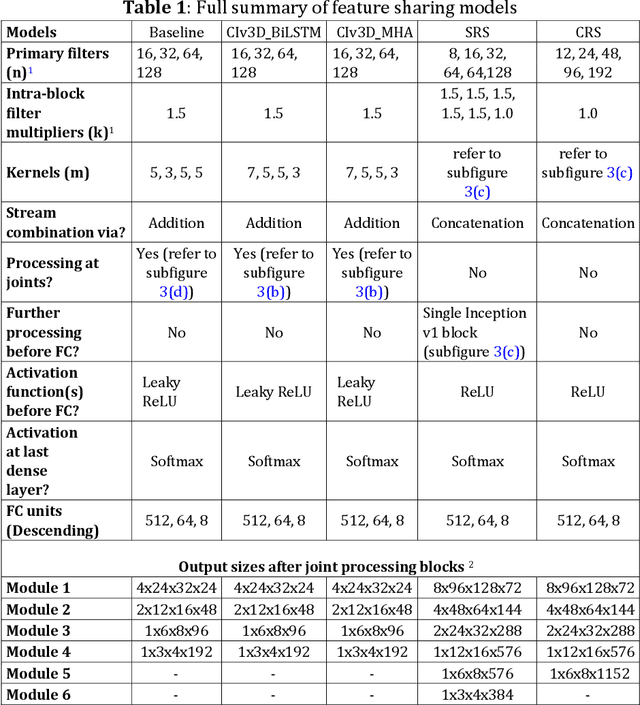
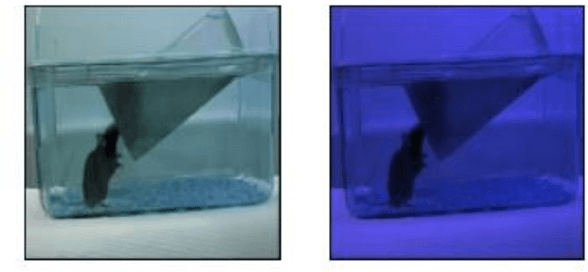
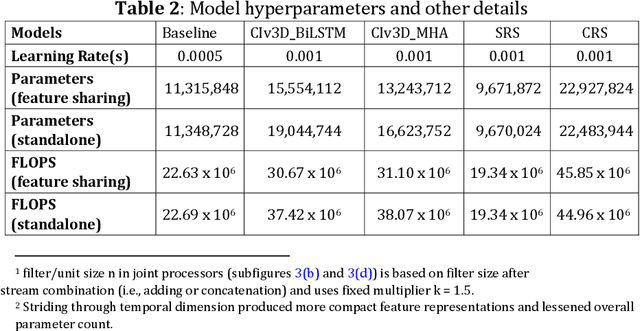
Abstract:This paper presents a spatiotemporal deep learning approach for mouse behavioural classification in the home cage. Using a series of dual-stream architectures with assorted modifications to increase performance, we introduce a novel feature-sharing approach that jointly processes the streams at regular intervals throughout the network. Using a publicly available labelled dataset of singly-housed mice, we achieve a prediction accuracy of 86.47% using an ensemble of Inception-based networks that utilize feature sharing. We also demonstrate through ablation studies that for all models, the feature-sharing architectures consistently perform better than conventional ones having separate streams. The best performing models were further evaluated on other activity datasets, both mouse and human, and achieved state-of-the-art results. Future work will investigate the effectiveness of feature sharing in behavioural classification in the unsupervised anomaly detection domain.
Tracking and Long-Term Identification Using Non-Visual Markers
Dec 20, 2021

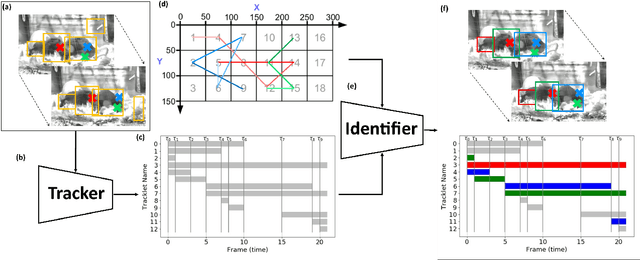

Abstract:Our objective is to track and identify mice in a cluttered home-cage environment, as a precursor to automated behaviour recognition for biological research. This is a very challenging problem due to (i) the lack of distinguishing visual features for each mouse, and (ii) the close confines of the scene with constant occlusion, making standard visual tracking approaches unusable. However, a coarse estimate of each mouse's location is available from a unique RFID implant, so there is the potential to optimally combine information from (weak) tracking with coarse information on identity. To achieve our objective, we make the following key contributions: (a) the formulation of the identification problem as an assignment problem (solved using Integer Linear Programming), and (b) a novel probabilistic model of the affinity between tracklets and RFID data. The latter is a crucial part of the model, as it provides a principled probabilistic treatment of object detections given coarse localisation. Our approach achieves 77% accuracy on this identification problem, and is able to reject spurious detections when the animals are hidden.
 Add to Chrome
Add to Chrome Add to Firefox
Add to Firefox Add to Edge
Add to Edge